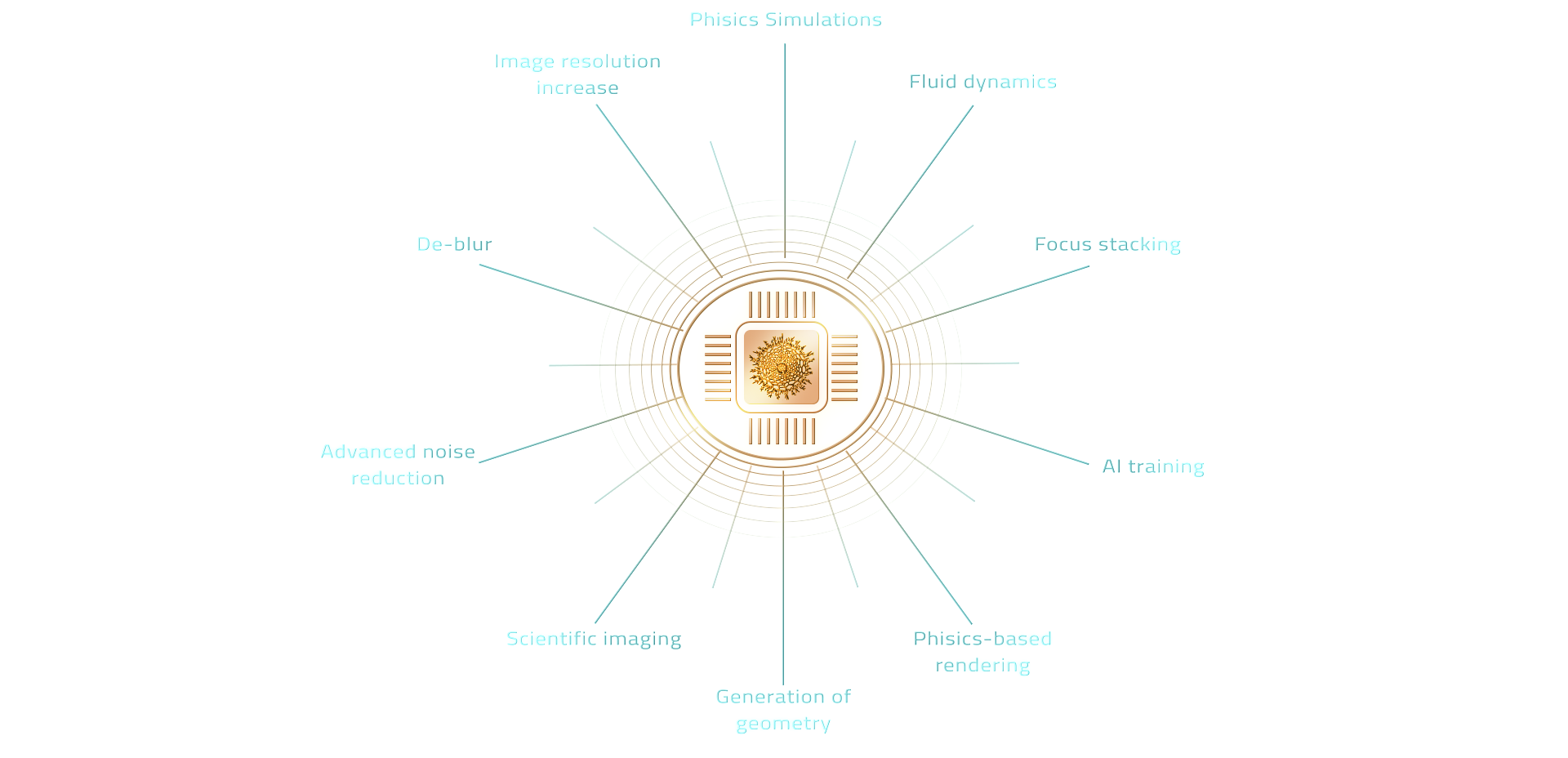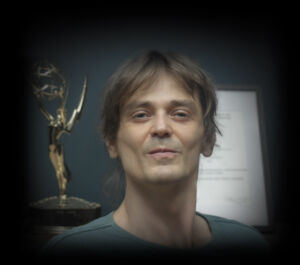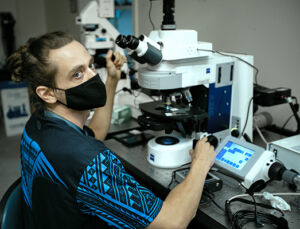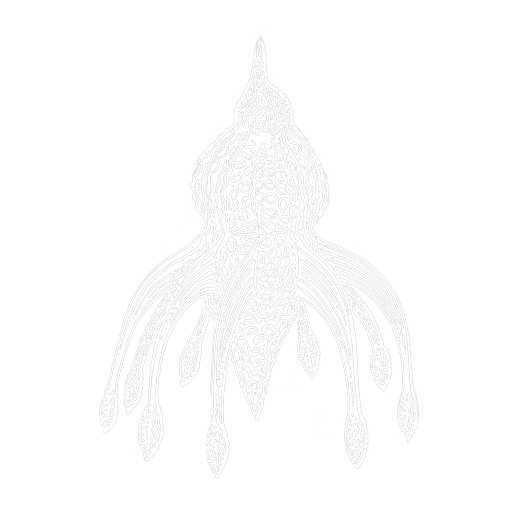Science Visualisation and augmented cinematography
MANAGING COMPUTATION-HEAVY TASKS

CREATURE WORK SPECIALTY
Communicating Complex Scientific Topics

REVEALING NATURE BEYOND TRADITIONAL CINEMATOGRAPHY
The example here and on the showreel demonstrates focus stacking, machine-learning-powered resolution increase, and in addition multi-channel fluorescence colour detail extraction.
SHOWREEL
About


He was part of the crew in a multitude of productions such as Blue Planet 2, Chasing Coral, Tiny World, Prehistoric Planet; as well as co-producer and studio cinematographer in the Netflix film 'Puff: Wonders of the Reef.'
Throughout his career, Daniel's main focus has been on macro cinematography of marine subjects, complex motion-controlled time lapses, scientific live imaging and microscopy, as well as computational imaging that earned him recognition for a short time lapse clip 'Slow Life,' together with several Emmy nominations. His research career touched the topics of astrobiology, reef conservation, the origin of multicellularity, as well as cell biology of marine sponges.
Radiolaria Visuals has been established to unite diverse disciplines and bring the best technological capabilities into filmmaking and science communication.







